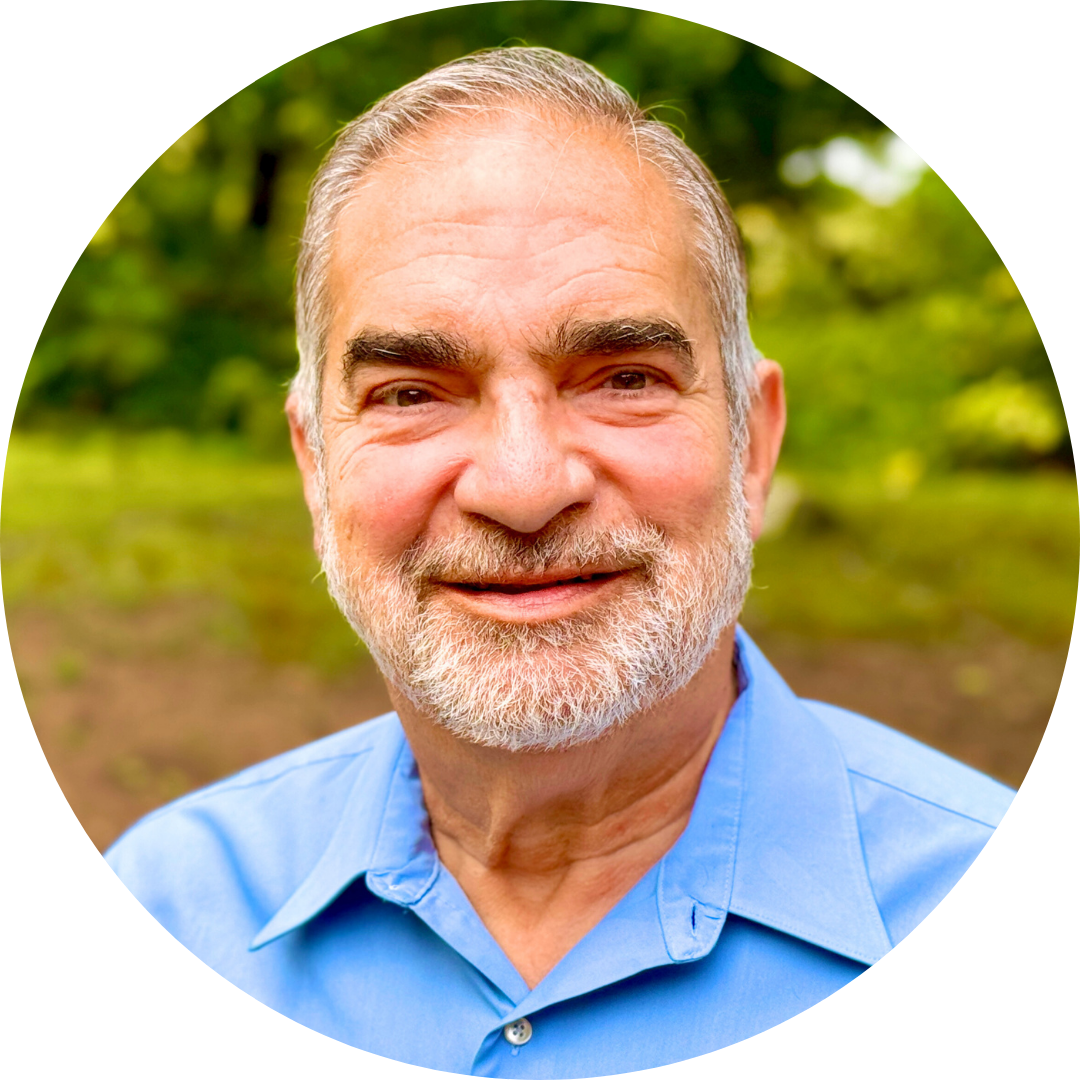Recently I was invited to teach a group of queer Jewish undergraduates who on their own initiative, organized themselves into a group that meets weekly over dinner at the campus Hillel Foundation (Jewish Center) to discuss topics and issues of common concern. They asked me to speak on “Queering Jewish Theology,” and I led them for an hour through a study of several traditional sacred texts that suggest ways that human beings might engage with God in a way that does not depend on the approval of communal human authorities.
Most 22-year-old queer Jews today who have been raised in non-Orthodox Jewish settings have not experienced overt condemnation or rejection by their families, their Jewish communities, or their rabbis. This is indeed wonderful. The liberal Jewish world has become inclusive of lesbian, gay, and bisexual people with incredible speed over the last 35 years. But that is not the end of the story, as I was reminded by this encounter.
The young women and men I taught and with whom I spoke afterwards were recovering from the fact that a beloved queer rabbi who had been on the Hillel staff for their student careers was gone. A number of them said that if it had not been for this rabbi, they would never have considered walking through the Hillel doors in the first place. She had modeled for them an enthusiastic embrace of Jewish study and prayer that included the assumption that a lot of reinterpretation and healing was required to make this beloved tradition accessible to queer people.
Millennia of teachings that rendered same-sex attraction invisible and detestable are not so easily erased. At every Jewish wedding ceremony, the couple is compared to Adam and Eve in the Garden of Eden. No harm intended? Perhaps, but in the twenty-first century, there are endless slights in the biblical and rabbinic texts and in the words or prayers and rituals that go unnoticed by straight people.
This queer rabbi had led these students through this thicket of heteronormativity by creating a safe container in which they could voice their discomfort when it arose and experiment with modifying the words and beliefs we inherit. “We want to learn,” one of them said, “how to talk back to these texts. We ourselves don’t know enough to do that without the help of a Jewish scholar.”
The remaining staff rabbis at this Hillel Foundation are well-intentioned. They tell these students that they are welcome and included, that they are treated like anyone else. The staff even provides a place for a weekly dinner and the funds to bring in guest speakers like me. These students appreciate all that, but they don’t feel comfortable with the straight rabbis. They don’t feel understood by them because, in fact, they are not everyone else. They have distinctive needs that arise out of an age-old heteronormative Jewish tradition and from the particular challenges that queer people face in contemporary society. They need to be accepted, but accepted for who they are. They need to be seen.
In this multi-ethnic society, we don’t hear the term “melting pot” used anymore. But there are unstated assumptions that remain nevertheless. We see the other through the prism of our own view of reality. How many times have I been asked if Passover is the Jewish Easter—asked by people who are extending their hands in friendship and trying to understand me through their own frames of reference? You can be tolerant, inclusive, even welcoming of an individual or a group whom you don’t actually see.
“Sing unto the Lord a new song,” the Psalmist proclaims. The good news is that new groups with new identities continue to emerge singing new songs. Each of us is part of a misunderstood minority in one respect and a misunderstanding majority in another.
Because Jews were slaves in Egypt, we should always be capable of empathy with those who are as yet still invisible.
This content was originally published on the website of The First Day, at http://firstdaypress.org








